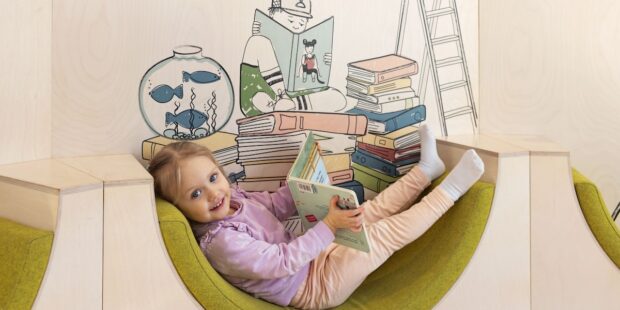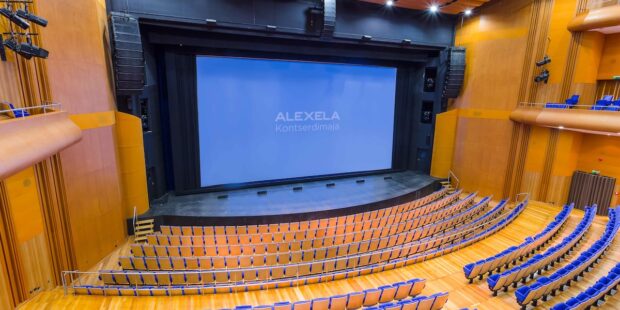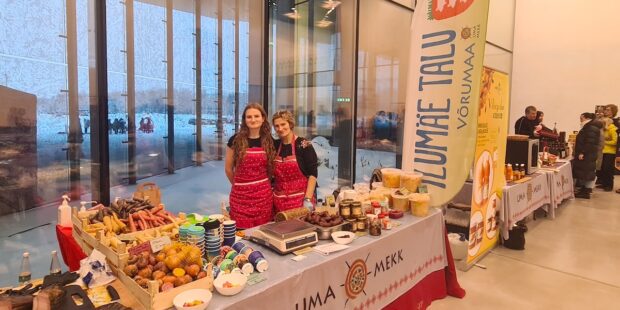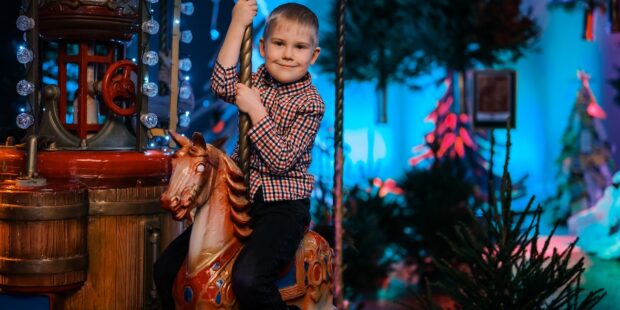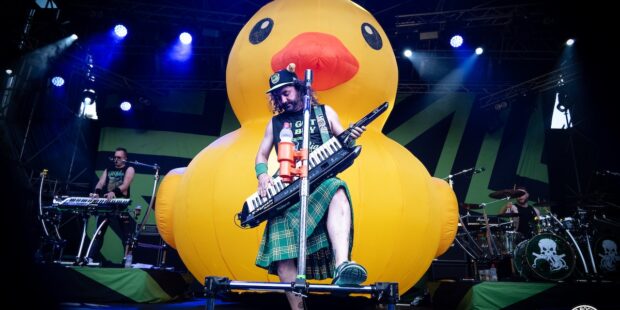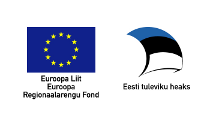Avant-Garde artists behind the Iron Curtain: Kaja Kärner and Ülo Sooster
Text Susanna Poikela Photos Susanna Poikela, Estonian Art Museum
 Kaja Kärner's Occupiers in Kuressaare, 1957. Oil, paper. Estonian Art Museum collections.
Kaja Kärner's Occupiers in Kuressaare, 1957. Oil, paper. Estonian Art Museum collections.
The Tartu Circle and Estonia’s Avant-garde Artists
The two retrospective exhibitions by Kaja Kärner (1920-1998) and Ülo Sooster (1924-1970) are currently on display in Tallinn. The exhibitions Friendship and Time and Sooster 100: View from Private Collections and Kaja Kärner: Friendship and Time offer a great opportunity to explore the works and lives of two of Estonia’s most significant artists.
Both Kärner and Sooster studied at the Pallas Art School in Tartu during the 1940s, a prestigious institution during Estonia’s independence era. They were central figures in the Tartu Circle, a group of friends who created avant-garde art together. The exhibitions include portraits the artists painted of each other, reflecting their deep friendship and collaboration.


“Kärner was such a talented student that, upon graduating in 1949, she was invited to teach drawing at the State Art Institute of Tartu (formerly Pallas). However, that same year, Soviet-Estonian repressions began, which particularly affected the cultural community,” says Kersti Koll, curator of the Kärner exhibition.
The male members of the collective, including Sooster, and one female member, Ester Potisepp, were deported to Siberian labour camps. Kärner lost her membership in the Estonian Artists’ Union and her teaching position. For the next nine years, she designed shop advertisements.

Ülo Sooster: A “persona non grata” in Estonia
Sooster and other male members of the Tartu Circle returned from the camps in 1956. Despite their reunion, Sooster faced envy and political persecution, making life in Estonia untenable. He moved back to Moscow to join his Russian wife, Lidia Serhi. Despite the challenges and distance, friendships within the group endured, with Sooster visiting Estonia and hosting friends in Moscow. When Sooster arrived in Tartu, his first stop was typically the studio of Kärner or Valve Janov.
In Moscow, Sooster quickly became a prominent figure in the underground art community and a dissident. He was a highly prolific artist, creating thousands of drawings and paintings during his short life. Today, he is one of the most internationally recognised Estonian artists.

Underground art with European spirit
Kärner’s paintings of the Tartu Circle are now displayed at the Adamson-Eric Museum. “The Tartu group of friends wanted to maintain the legacy of the pre-war French school of painting and the European spirit, and to embrace new, Western art movements and bring them to the forefront in their works,” Kersti Koll describes.
An example is Kärner’s Listening to the Voice of America, depicting the artists’ yearning for free expression. Such works, however, could not be exhibited due to their anti-Soviet sentiment. Kärner’s palette is nuanced and warm, capturing fleeting moments with subtle irony and layered interpretations.
Sooster’s surrealist works often feature fish, junipers, and eggs. He employed raised textures in many of his pieces, showing an early inclination toward conceptual and postmodern art.
Exhibition Details:
- Sooster 100: A View from Private Collections, 18.10.2024–4.5.2025, Mikkel Museum, Weizenbergi 28, Tallinn.
- Kaja Kärner: Friendship and Time, 25.10.2024–16.03.2025, Adamson-Eric Museum, Lühike jalg 3, Tallinn.
To learn more about this and similar topicsAdamson-Eric Museum avant-garde art Estonian Artists Kaja Kärner Mikkel Museum Soviet Estonia art Ülo Sooster

